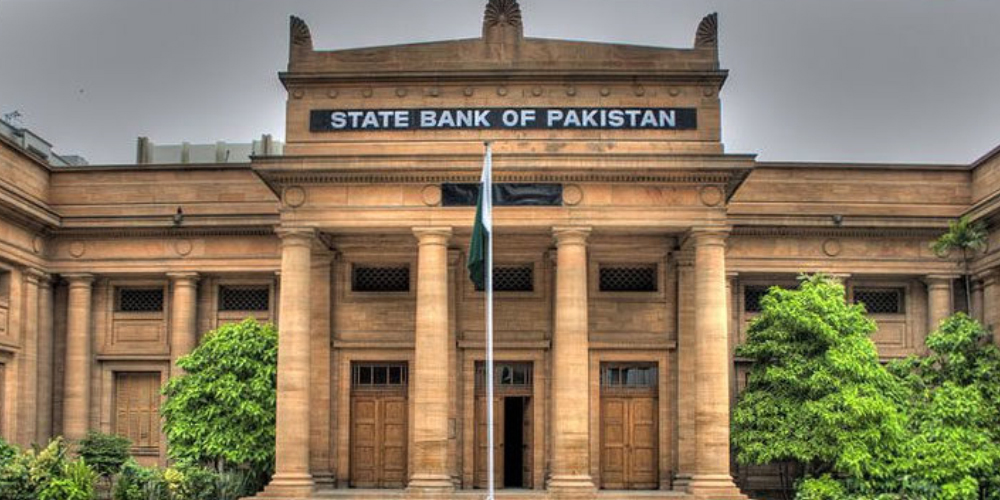
State Bank of Pakistan has released its Annual Report

State Bank of Pakistan has released its Annual Report on The State of Pakistan’s Economy for the fiscal year 2018-19 today. According to the report, several policy measures were taken during the year to manage the twin deficits crisis. In particular, adjustment of exchange rate to market fundamentals, curtailment in public sector development expenditure, and increase in energy prices helped contain demand pressures, leading to a welcome reduction in the current account deficit. In this process, however, the large-scale manufacturing sector faced contraction and inflation increased. SBP continued to maintain tight monetary conditions to manage demand and anchor inflation expectations. The SBP’s monetary policy committee (MPC) increased the policy rate in all six decisions during the year, by a cumulative 575 bps.
Reduction in demand pressures coupled with supply side constraints led to the slowing down of economic growth during the year. While all the sectors contributed towards this performance, the major drag came from the commodity-producing sectors, namely agriculture and industry. On the agriculture front, water shortages along with rise in input prices undermined the sector’s output.
The report identifies that despite significant reduction in imports and high level of financial inflows from friendly countries, the overall foreign exchange reserve position remained challenging, as financing of external obligations and current account deficit became difficult. Thus, to meet this challenges, Pakistan signed an agreement with the IMF towards the end of FY19 for balance of payment support.
The report also explores other developments that remained a source of concern in FY19. For instance, despite sharp decline in development spending, the overall fiscal deficit reached a historic high in FY19; this reveals the fundamental structural deficiencies in the country’s tax system. In addition, the report calls attention to the steady increase in headline inflation during the year. While the hike in energy prices and pass through of PKR-depreciation fueled inflation throughout FY19, the upward pressure on prices during the first half of the year could be partly attributed to a demand overhang from FY18 as well. The annual report also outlines the factors which held back the performance of exports in value terms during the review period.
Furthermore, the report points out that certain structural imbalances have been building up over time, in particular the rise in share of non-tradeable services in GDP (which do not add to the exports base), at the expense of the declining share of the commodity-producing sectors. The report underlines the need to focus on structural reforms aimed at increasing the competitiveness of Pakistan goods, adapting to the international trends and shifting towards exportable services. It also stresses upon improvement in human capital and productivity for sustainable future growth.
Additionally, the report features a special chapter dedicated to the factors constraining investment in Pakistan, particularly beyond the conventional macroeconomic factors. The chapter identifies the binding policy and legal and institutional constraints that are undermining the country’s ability to mobilize investments to its full potential. It describes challenges faced by investors when it comes to dispute settlements, policy advocacy and retention practices, while emphasizing the weaknesses in the tax collection machinery. The chapter also reflects upon the ongoing policy reforms for improving the investment environment and stresses upon elements that will be crucial in future for addressing the problem of under-investment in the country.
Read More News On
Catch all the Business News, Breaking News Event and Latest News Updates on The BOL News
Download The BOL News App to get the Daily News Update & Follow us on Google News.
Leave a Comment
You must be logged in to post a comment.



